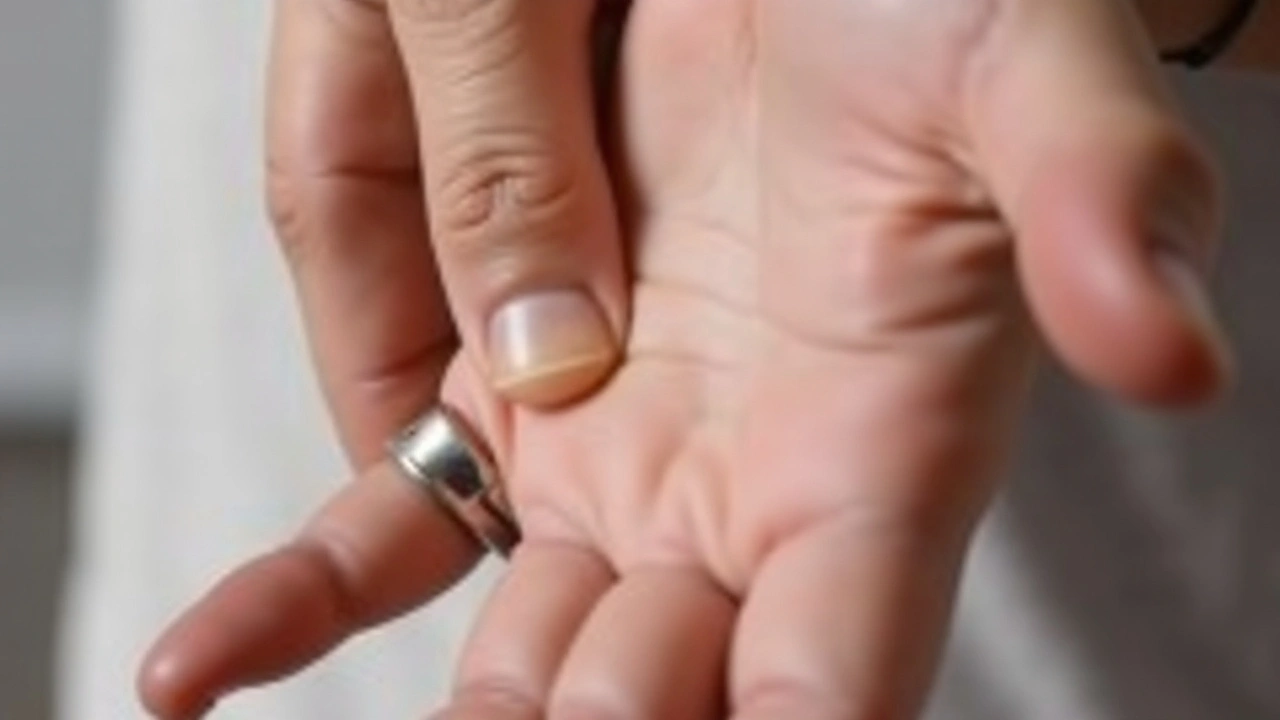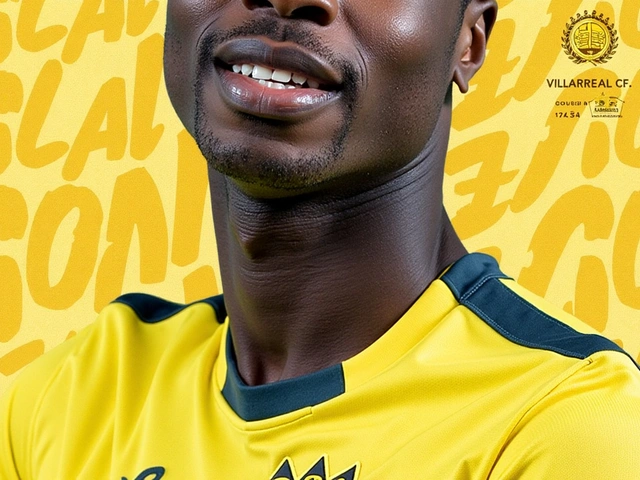- Home
- VIDEO: Left-Handed Tools and the Unique Challenges of a Right-Handed World
VIDEO: Left-Handed Tools and the Unique Challenges of a Right-Handed World

VIDEO: Left-Handed Tools and the Unique Challenges of a Right-Handed World
For those who navigate their daily lives as right-handers, it might be easy to overlook the myriad challenges faced by the approximate 10% of the population who are left-handed. These obstacles manifest in the simplest objects that most people don't think twice about using. Whether it's a pair of scissors, a spiral notebook, or even a computer mouse, left-handers often find themselves adapting to a world tailored for those with a dominant right hand.
The Everyday Tools Left-Handers Battle With
The struggle for left-handers is brought into vivid focus in a new video segment featured on Jacaranda FM's 'Drive' show, which aims to shed light on the difficulties they face. Common tools, such as scissors, are often a source of frustration. Right-handed scissors require awkward hand positioning that can cause discomfort and poor control for left-handers. Similarly, spiral notebooks are another simple product fraught with inconvenience. The spirals tend to dig into the wrists of left-handed writers, making it challenging to write smoothly and comfortably.
Computer mice add another layer of complication. The standard design of a computer mouse favors right-hand operation, and while ambidextrous mice exist, they often come with compromises. The video showcases left-handed computer mice that are ergonomically designed to provide the ease of use and comfort that right-handers take for granted. This is a stark reminder of how the design of everyday objects can unintentionally exclude a significant portion of the population.
Raising Awareness and the Call to Action
The video doesn’t stop at merely listing these challenges; it aims to raise awareness about the need for better and more widespread availability of left-handed tools. It calls for manufacturers and designers to consider inclusivity in their product designs. The importance of this cannot be overstated, as equal usability can drastically improve the day-to-day lives of left-handers. Studies have shown that left-handed individuals often face neurological drawbacks in a right-handed world, affecting their concentration and learning abilities in settings tailored for right-handers. This is not just a matter of convenience but one of ensuring fair access and comfort for all.
Specialized Tools That Make a Difference
The video highlights a range of specialized tools that can help mitigate these daily struggles. Left-handed scissors, designed with the blades reversed, allow for a natural cutting motion without the need for awkward hand positioning. Left-handed spiral notebooks have the spiral binding on the opposite side, thus relieving the discomfort associated with traditional ones. These adjustments might seem minor, but they have a significant impact on the ease and efficiency with which left-handers can perform tasks.
Moreover, the segment touches on an essential aspect of inclusivity in educational settings. Left-handed children can find it particularly challenging to adapt to standard school supplies. Providing them with left-handed pens, specially designed desks, and other applicable tools is crucial in supporting their learning environment. This tailored approach can help prevent the frustration and disadvantage that often comes from navigating a predominantly right-handed world, allowing them to focus on learning rather than adjusting.
The Impact Beyond Daily Life
It’s important to recognize that these adaptations for left-handers extend beyond just day-to-day usability—they deeply affect social and cognitive experiences. Growing up in a world where you constantly have to adjust can be mentally exhausting and impact self-esteem. When tools and environments are inclusive, they send a powerful message of acceptance and equal consideration, contributing to a more inclusive society.
For instance, customizing office supplies and workplace setups can significantly boost productivity and morale among left-handed employees. This, in turn, benefits the overall workplace environment and business outcomes. Even in more specialized fields, such as sports or musical instruments, the availability of left-handed options can nurture talent and bolster performance by allowing individuals to play to their strengths rather than continually adapting to equipment not intended for them.

Conclusion: A Step Towards Inclusivity
Ultimately, the transformation towards a more inclusive design requires both awareness and action. Videos like the one featured on Jacaranda FM's 'Drive' show are vital in bridging the knowledge gap and encouraging constructive changes. By acknowledging the unique challenges faced by left-handers and advocating for the development and adoption of specialized tools, we can move towards a world where everyone stands on equal footing—regardless of whether they are left-handed or right-handed.
The effort to provide left-handers with tailored tools is not just about convenience; it’s about fostering an environment where everyone can thrive. The journey towards inclusivity starts with understanding and empathy, and continues with tangible steps to address and accommodate the needs of all individuals.


Write a comment